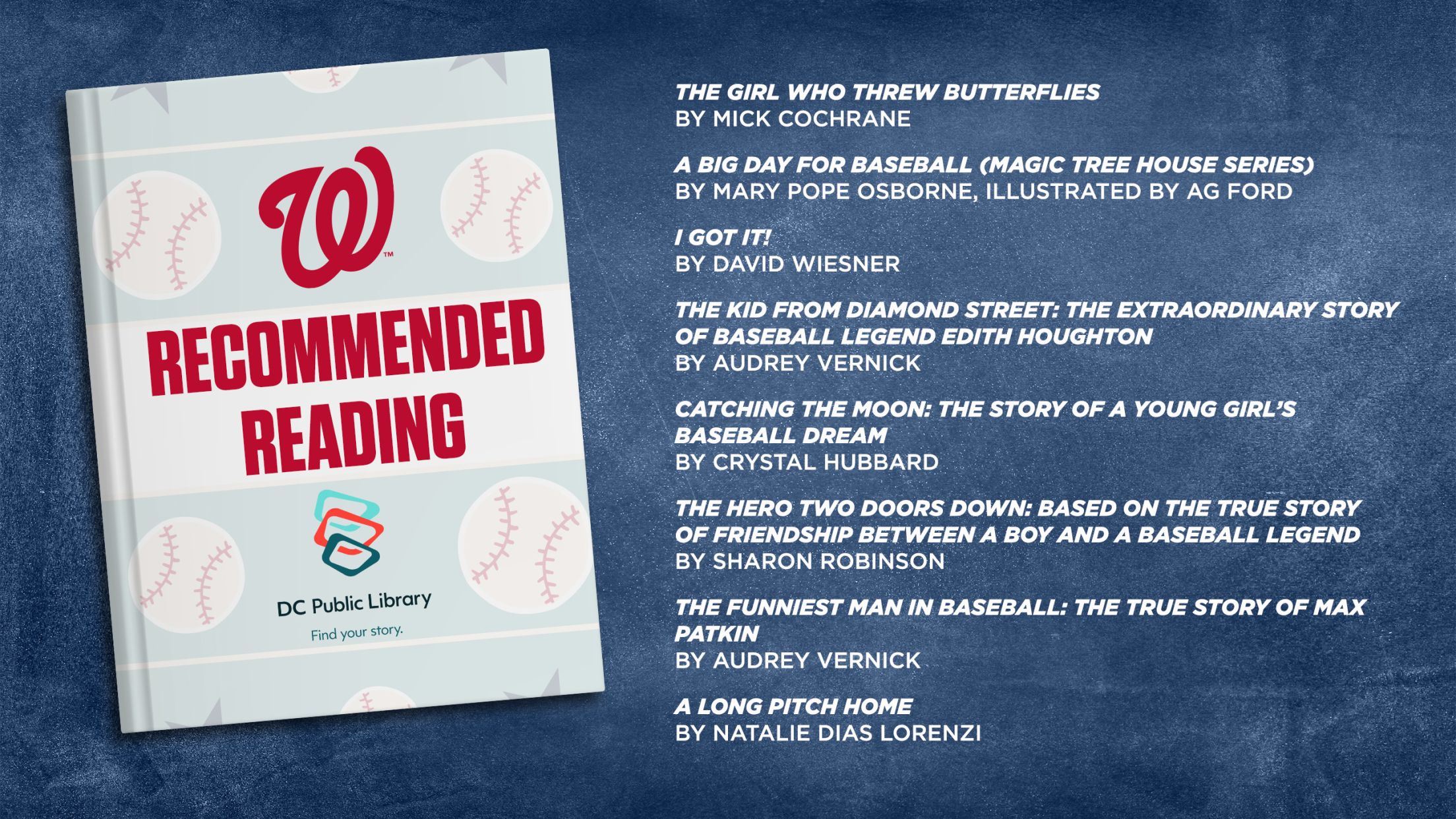On February 13, 1920, a group of team owners met in Kansas City and formed the Negro National League, forever-changing baseball. If not for Andrew "Rube" Foster's persistent efforts, the owners might never have come to the table and worked toward a common goal.
Foster’s vision of a league for black players drew large crowds and put a spotlight on the league’s best players. That attracted the attention of MLB scouts. Without the Negro Leagues, black stars would have been overlooked or ignored. The Negro Leagues and its main founder, Foster, are responsible for making the game more accessible.
Here are a few facts about Rube Foster, who was inducted into the Major League Baseball Hall of Fame in 1981.
Did You Know?
• Foster was born in Calvert, Texas, on Sept. 17, 1879. He lost several siblings that died from tuberculosis. Having witnessed the first-hand effects of the disease, Foster later stated, "I doubt I would be here today if it weren't for playing ball and living outdoors."
• Foster’s playing career began in 1897 with the Fort Worth Yellow Jackets and continued with the Chicago Union Giants and an integrated baseball team in Otsego, Michigan. Foster's success in Otsego attracted the attention of the Philadelphia Cuban X Giants. In 1902, as a pitcher, Foster won 44 games in a row. He led the Cuban X Giants to the Black baseball championship the following year and earned four of his club's five wins in the title series.
• Foster acquired his nickname, "Rube," after outdueling another future Hall of Fame hurler, Rube Waddell, in an exhibition game.
• Foster wanted to be more than just an ace pitcher. He became player-manager of the Chicago Leland Giants in 1907 and led them to a 110-win season and the city league title. Three years later, Foster formed his club – the Chicago American Giants – and wooed stars like Pop Lloyd, Pete Hill, and Home Run Johnson.
• Foster gradually transitioned from the mound to full-time managing and front office duties, pitching his last game in 1917.
• After several efforts to convince fellow owners to organize a league, Foster surprised them when he showed up at a February 1920 meeting already holding an official charter document for the "Negro National League" that featured teams in Chicago, Cincinnati, Dayton, Detroit, Indianapolis, Kansas City, and St. Louis.
• The Negro National League continued to flourish in the 1920s as Foster served as president, treasurer, and manager for the Chicago Giants. That decade, player salaries and bonuses rose to new heights. Clubs such as Foster's Giants and the Kansas City Monarchs even became more profitable than some white teams and inspired offshoot leagues in the South and the East Coast.













